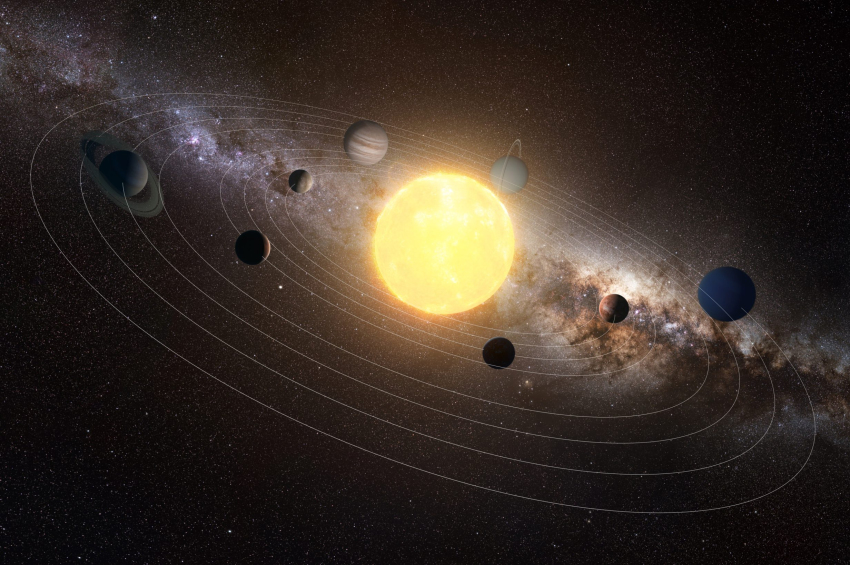Scientists believe a big interstellar visitor may have rearranged the Solar System
The home star has kept the Solar System orderly for billions of years, thanks to its immense gravitational pull. The planets orbit in the same direction, largely on a single plane, forming a configuration that appears calm and predictable.
Yet, some astronomers have pointed out anomalies in this cosmic choreography - subtle eccentricities in the planetary orbits that defy simple explanations. A new study in the journal Earth and Planetary Astrophysics suggests that these deviations could be the result of a colossal interstellar object, up to 50 times the mass of Jupiter, passing through the solar system in the distant past.
More to read:
[video] Something hit Uranus so hard that it changed rotation axis
Such an encounter might have disrupted the original orbits of the planets, showing that even the Sun's gravity is not immune to cosmic intrusions.
This theory adds to a growing body of research exploring interstellar flybys as an explanation for irregularities in the Solar System's architecture.
Our solar framework, believed to be about 4.6 billion years old, began as a protoplanetary disk - a flat, rotating cloud of gas and dust surrounding the young Sun.
Over time, planets coalesced within this disk, aligning their orbits in a coplanar, orderly fashion.
However, the planets didn’t remain in their original positions. The phenomenon of planetary migration, proposed by astronomers, explains how some planets moved to their current locations. For instance, Uranus and Neptune are thought to have formed closer to the Sun before migrating outward, while other nascent planets were ejected entirely from the solar system.
More to read:
Our Solar System isn’t really stable, scientists say
Until recently, scientists attributed these migrations to gravitational interactions among the planets and the influence of the protoplanetary disk, which could sweep planets into new orbits.
A galactic visitor
Yet some puzzles remain unsolved. The gas giants - Jupiter, Saturn, Uranus, and Neptune - display orbital eccentricities that current migration theories cannot fully account for. The new study suggests that an external force may have been at play: a massive interstellar object passing close to the Solar System.
Through computer simulations, researchers calculated that an object with a mass between two and 50 times that of Jupiter, passing within 20 astronomical units (20 times the distance from the Earth to the Sun), could explain the unusual orbits we see today. Interestingly, they estimate the odds of such an event occurring at 1 in 100, which is relatively high in astronomical terms.
More to read:
Earth flipped over on its side 84 million years ago
What might this mysterious object have been? Perhaps a rogue gas giant ejected from its own star system, wandering the galaxy until it briefly disturbed ours. If true, this event serves as a reminder of the chaotic and unpredictable nature of the universe, implying that even our home system is not as stable as we believe.
***
NewsCafe is an independent outlet that cares about big issues. Our sources of income amount to ads and donations from readers. You can support us via PayPal: office[at]rudeana.com or paypal.me/newscafeeu, or https://buymeacoffee.com/newscafe . Any amount is welcome.







